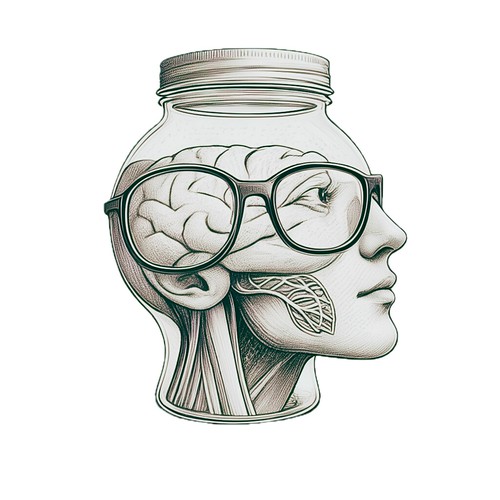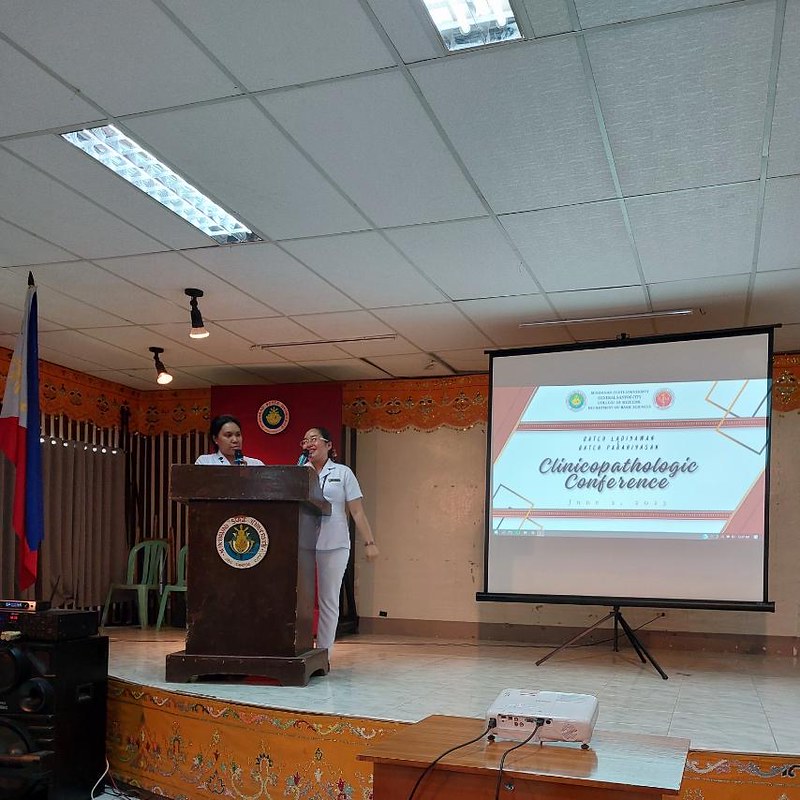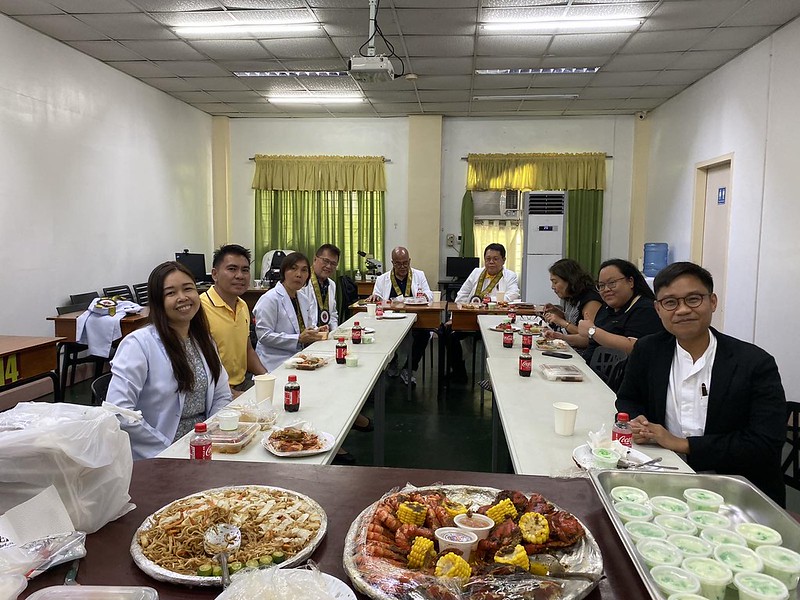First clinicopathologic conference at MSU-Gensan!
The Dean asked if I could sit as judge in a clinicopathologic conference (CPC) at MSU Medicine.
I said yes. As one of the youngest faculty members, how could I say no to my boss? And also, perhaps, I was excited by the prospect of being on the other side.
I remember attending a CPC as a student in med school. I was in my first year, struggling to find my bearings, and was thoroughly impressed by what I heard and saw on that Tuesday conference at BSLR in 2009. Second- and third-year students spoke with a furious eloquence, as if they had known pathologic mechanisms and differential diagnoses from the day they were born. After the presentations, our professors summarized the case with a deeper understanding, putting into context the details both salient and seemingly trivial, and offering intriguing but logical approaches to diagnosis and management. I was intimidated, impressed, and inspired, and hoped to achieve that level of proficiency. They made it look so easy.
Yesterday I watched our students dissect a case of an elderly woman who complained of vomiting. They described the risk factors and proceeded to explain that these set the stage for myocardial infarction, their primary diagnosis. They integrated the theory with the hypothetical patient’s story and related their thoughts with a level of organization that I would see among doctors in residency training. In CPCs, it is not the getting the exact diagnosis that is most important but the process of getting there. Our students, who haven’t even started their hospital rotations, gave a logical, step-by-step analysis of how they had arrived at MI.
That afternoon reminded me of the CPC I had watched many years ago. I told a colleague, “Kanami sa ila, ‘no?”
***
I said yes. As one of the youngest faculty members, how could I say no to my boss? And also, perhaps, I was excited by the prospect of being on the other side.
I remember attending a CPC as a student in med school. I was in my first year, struggling to find my bearings, and was thoroughly impressed by what I heard and saw on that Tuesday conference at BSLR in 2009. Second- and third-year students spoke with a furious eloquence, as if they had known pathologic mechanisms and differential diagnoses from the day they were born. After the presentations, our professors summarized the case with a deeper understanding, putting into context the details both salient and seemingly trivial, and offering intriguing but logical approaches to diagnosis and management. I was intimidated, impressed, and inspired, and hoped to achieve that level of proficiency. They made it look so easy.
Yesterday I watched our students dissect a case of an elderly woman who complained of vomiting. They described the risk factors and proceeded to explain that these set the stage for myocardial infarction, their primary diagnosis. They integrated the theory with the hypothetical patient’s story and related their thoughts with a level of organization that I would see among doctors in residency training. In CPCs, it is not the getting the exact diagnosis that is most important but the process of getting there. Our students, who haven’t even started their hospital rotations, gave a logical, step-by-step analysis of how they had arrived at MI.
That afternoon reminded me of the CPC I had watched many years ago. I told a colleague, “Kanami sa ila, ‘no?”
***




0 Comments:
Post a Comment
<< Home